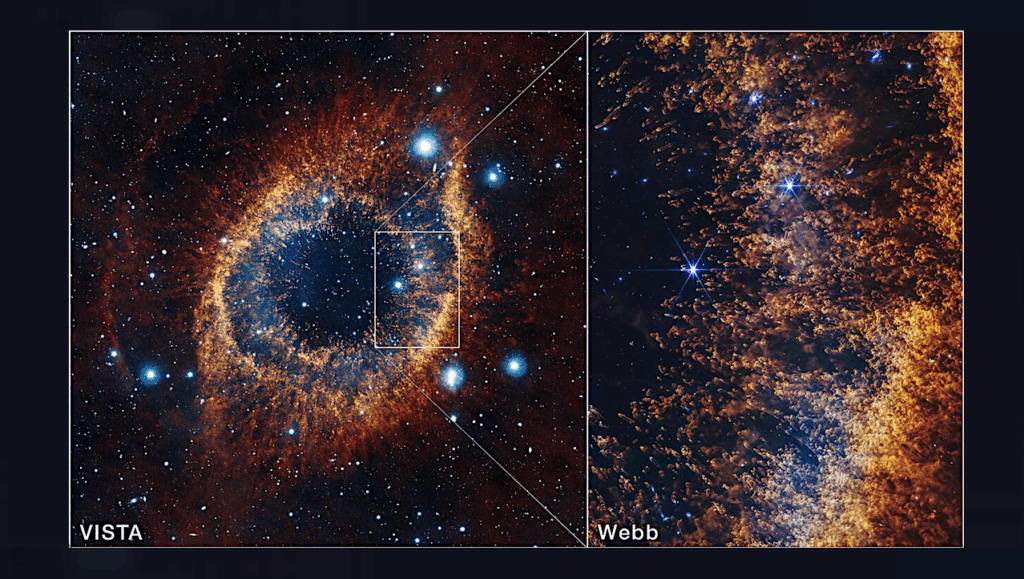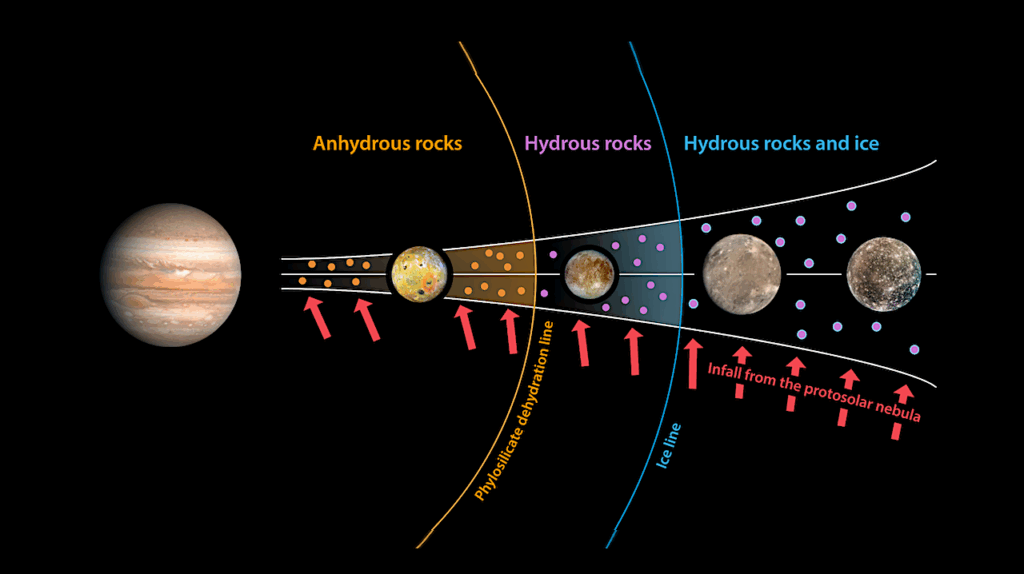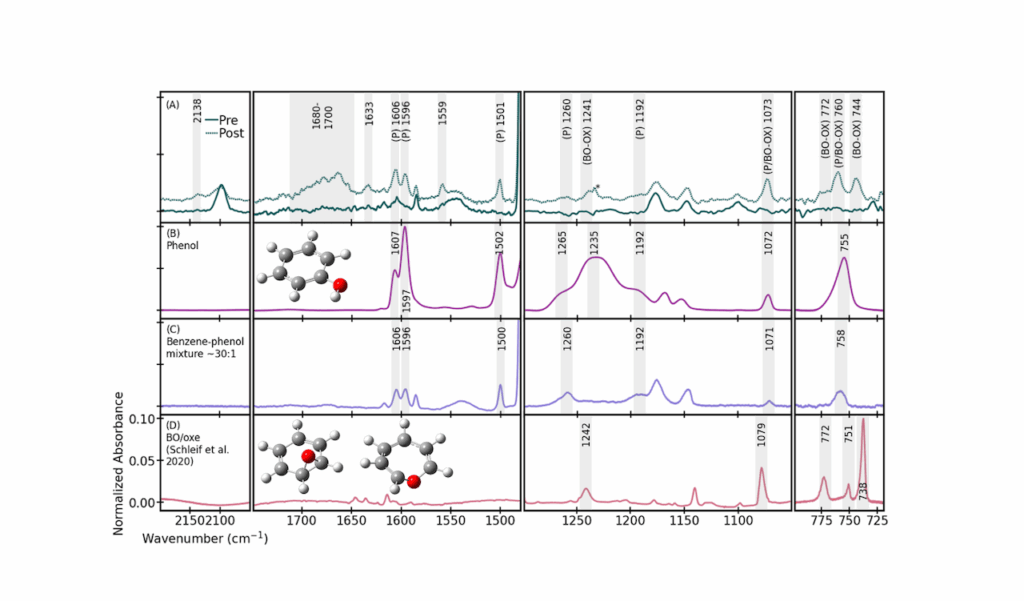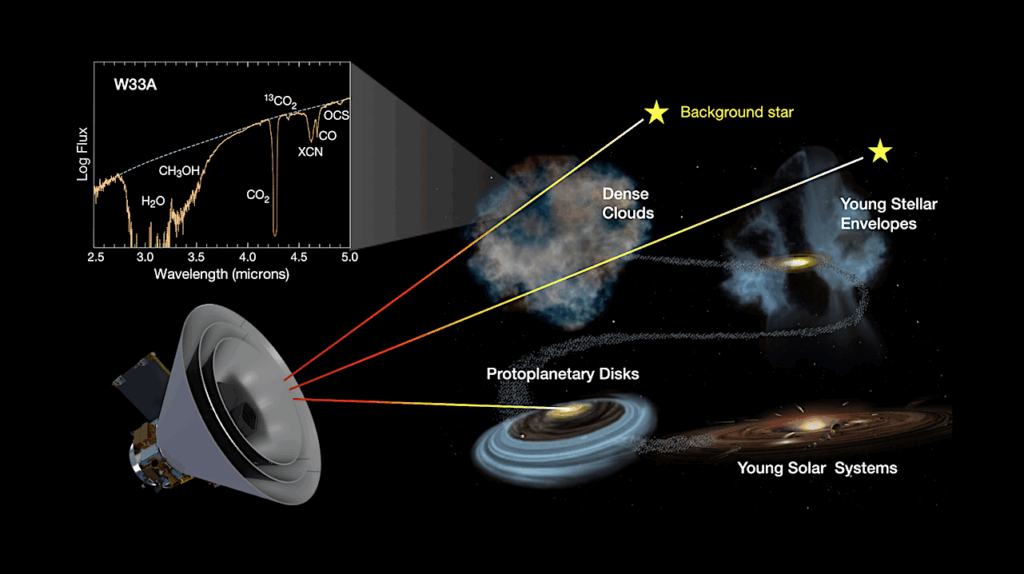Chemical Evolution of Complex Organic Molecules in Turbulent Protoplanetary Disks: Effect of stochastic UV irradiation

We investigate the chemical evolution of complex organic molecules (COMs) in turbulent disks using gas-ice chemical reaction network simulations.
We trace trajectories of dust particles considering advection, turbulent diffusion, gas drag, and vertical settling, for 106 yrs in a protoplanetary disk. Then, we solve a gas-ice chemical reaction network along the trajectories and obtain the temporal evolution of molecular abundances.
We find that the COM abundances in particles can differ by more than two orders of magnitude even when the UV fluence (i.e., the time integral of UV flux) received by the particles are similar, suggesting that not only the UV fluence but also the time variation of the UV flux does matter for the evolution of COMs in disks.
The impact of UV fluence on molecular abundances differs between oxygen-bearing and nitrogen-bearing COMs. While higher UV fluence results in oxygen being locked into CO2, leading to reduced abundances of oxygen-bearing COMs such as CH3OCH3, mild UV exposure can promote their formation by supplying the precursor radicals. On the other hand, nitrogen is not locked up into specific molecules, allowing the formation of nitrogen-bearing COMs, particularly CH3NH2, even for the particle that receives the higher UV fluence.
We also find that the final COM abundances are mostly determined by the inherited abundances from the protostellar core when the UV fluence received by dust particles is less than a critical value, while they are set by both the inherited abundances and the chemistry inside the disk at higher UV fluence.
Taiki Suzuki, Kenji Furuya, Yuri Aikawa, Takashi Shibata, Liton Majumdar
Comments: 19 pages, to be published in MNRAS
Subjects: Earth and Planetary Astrophysics (astro-ph.EP); Astrophysics of Galaxies (astro-ph.GA)
Cite as: arXiv:2406.17367 [astro-ph.EP] (or arXiv:2406.17367v1 [astro-ph.EP] for this version)
Submission history
From: Taiki Suzuki
[v1] Tue, 25 Jun 2024 08:31:49 UTC (8,011 KB)
https://arxiv.org/abs/2406.17367
Astrobiology, Astrochemistry,








